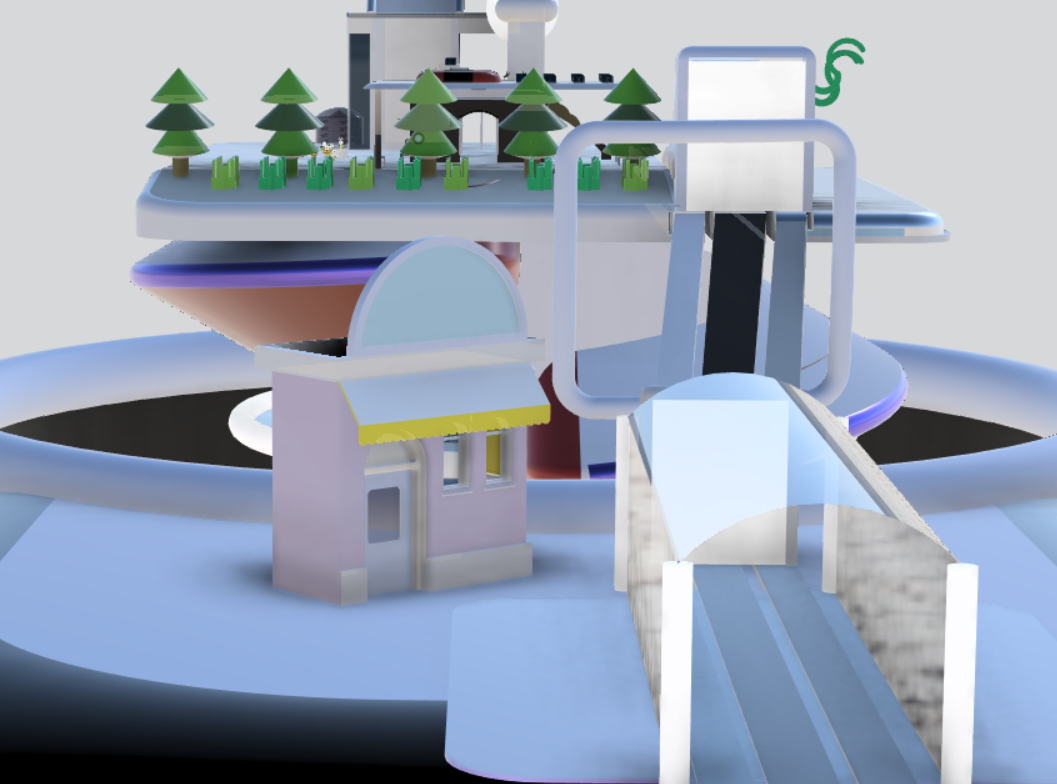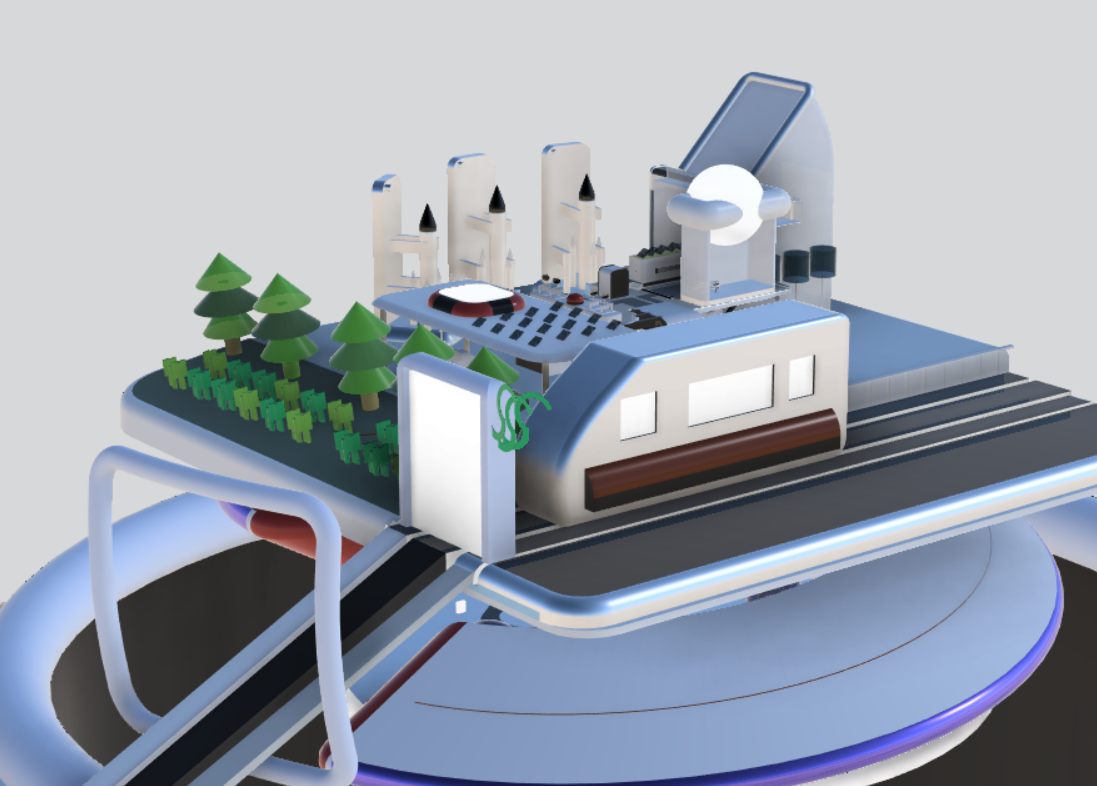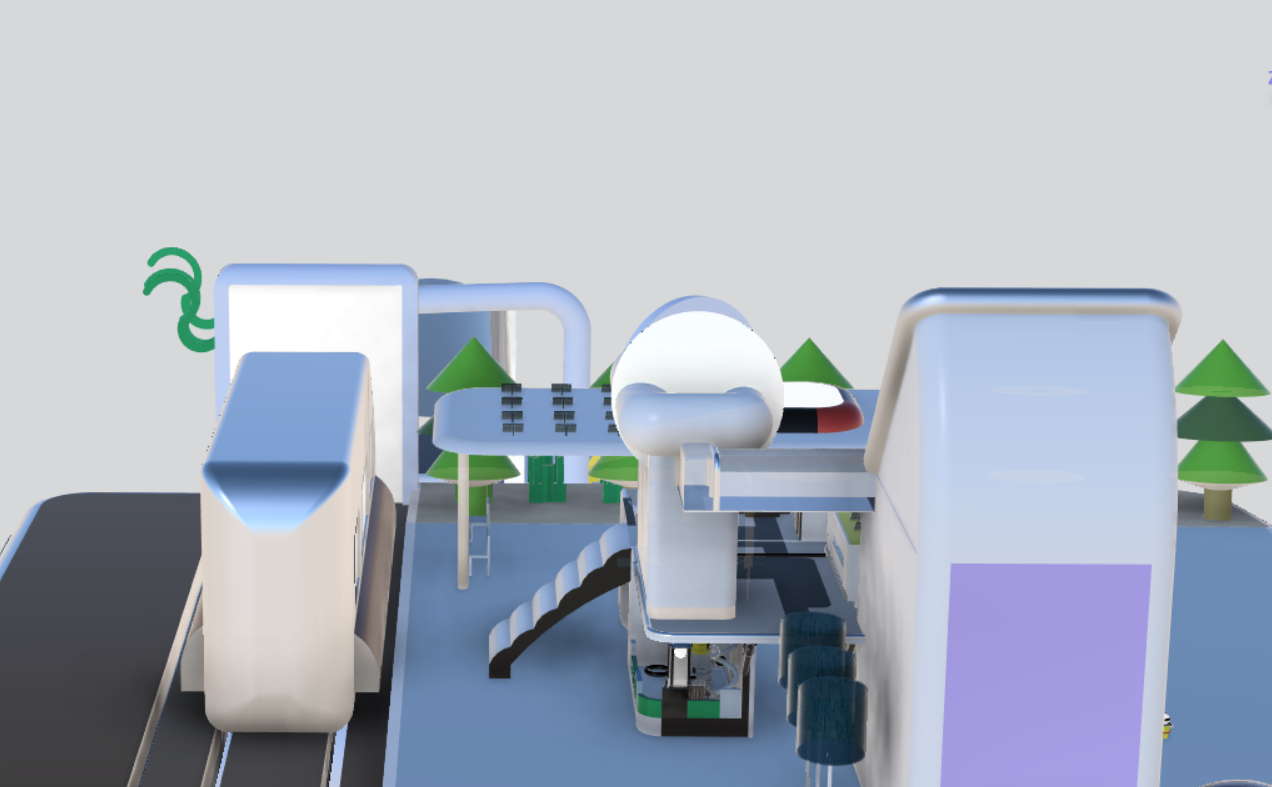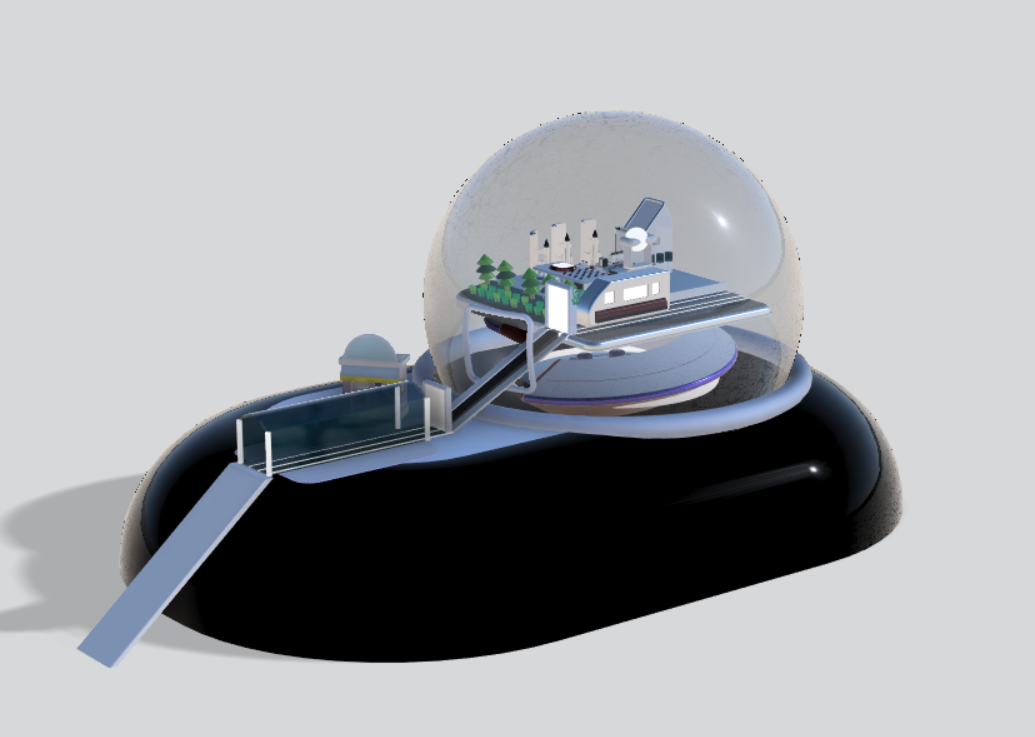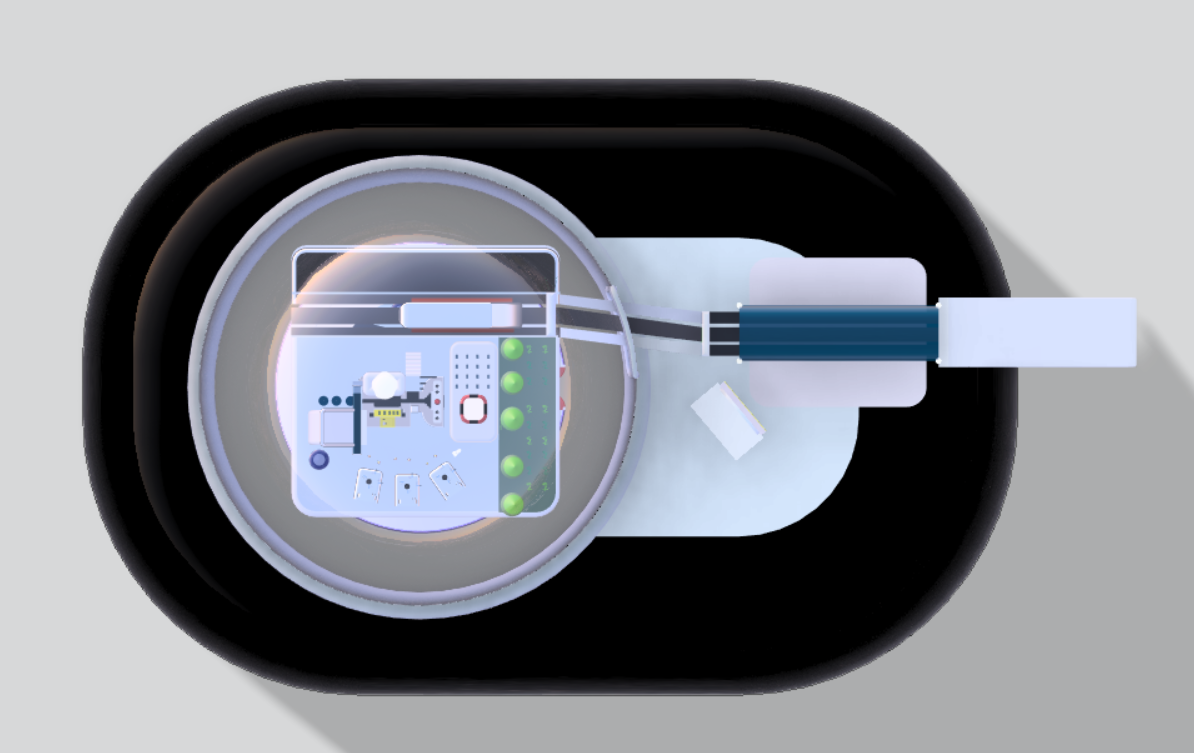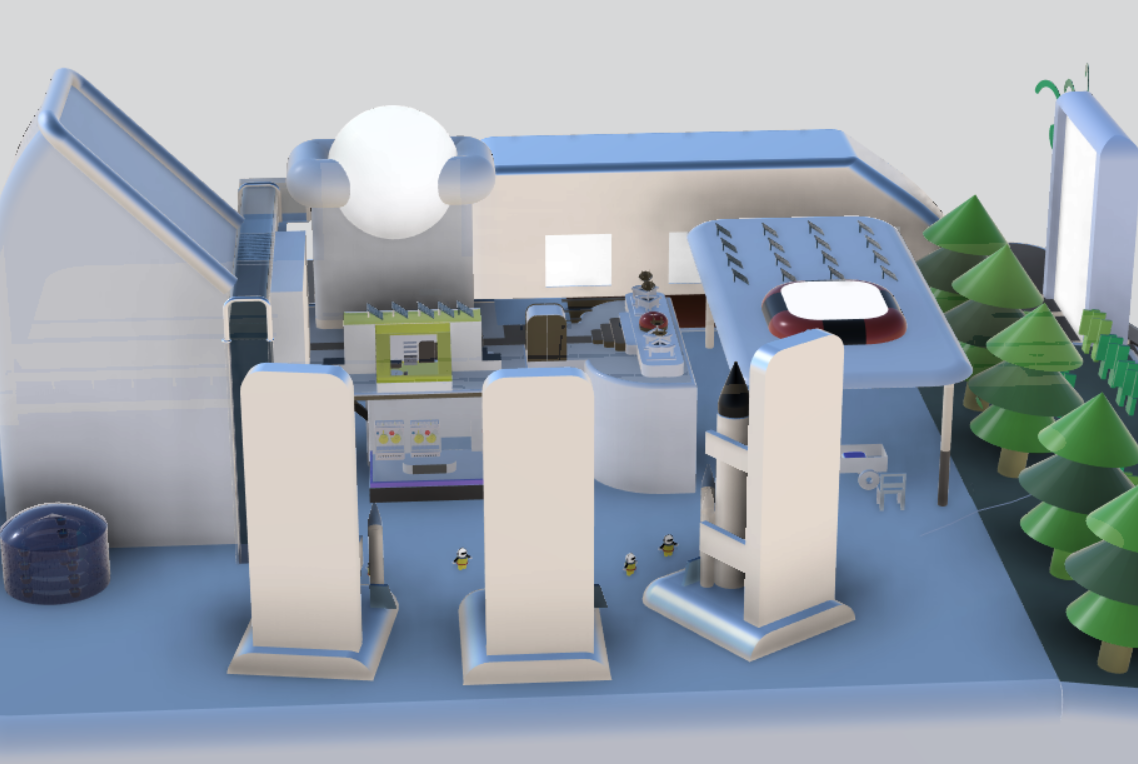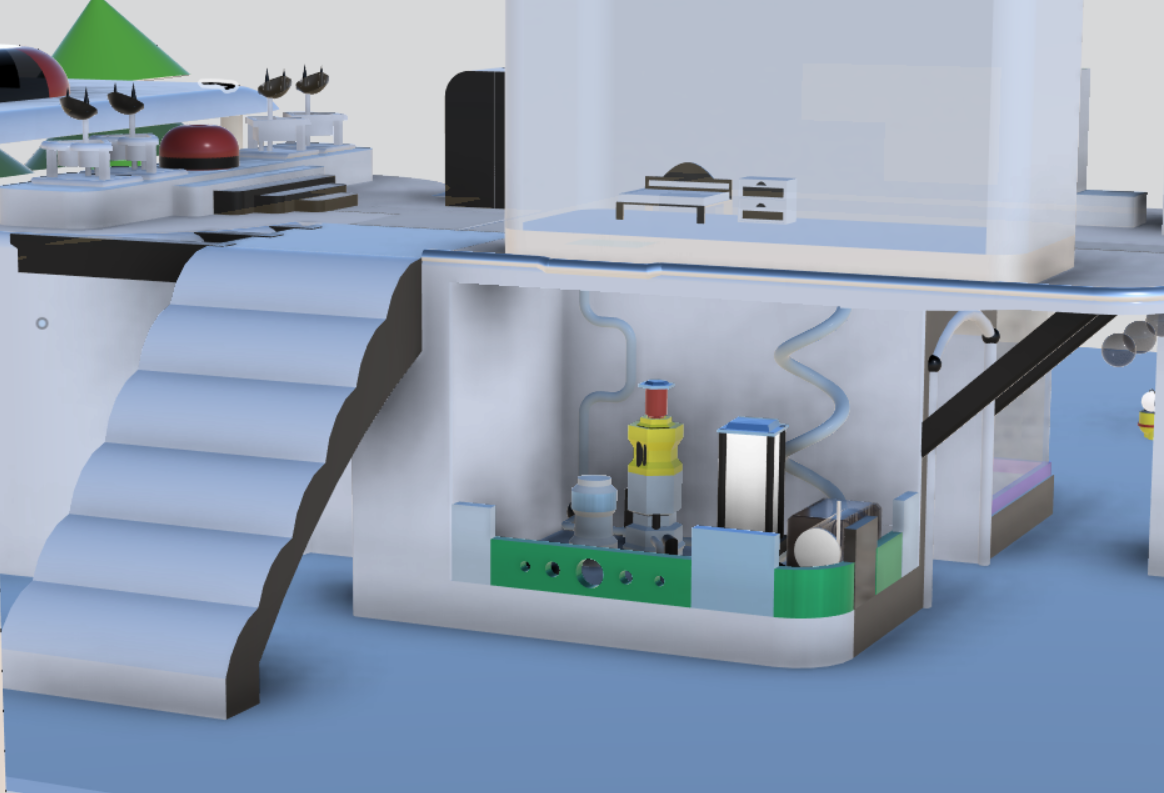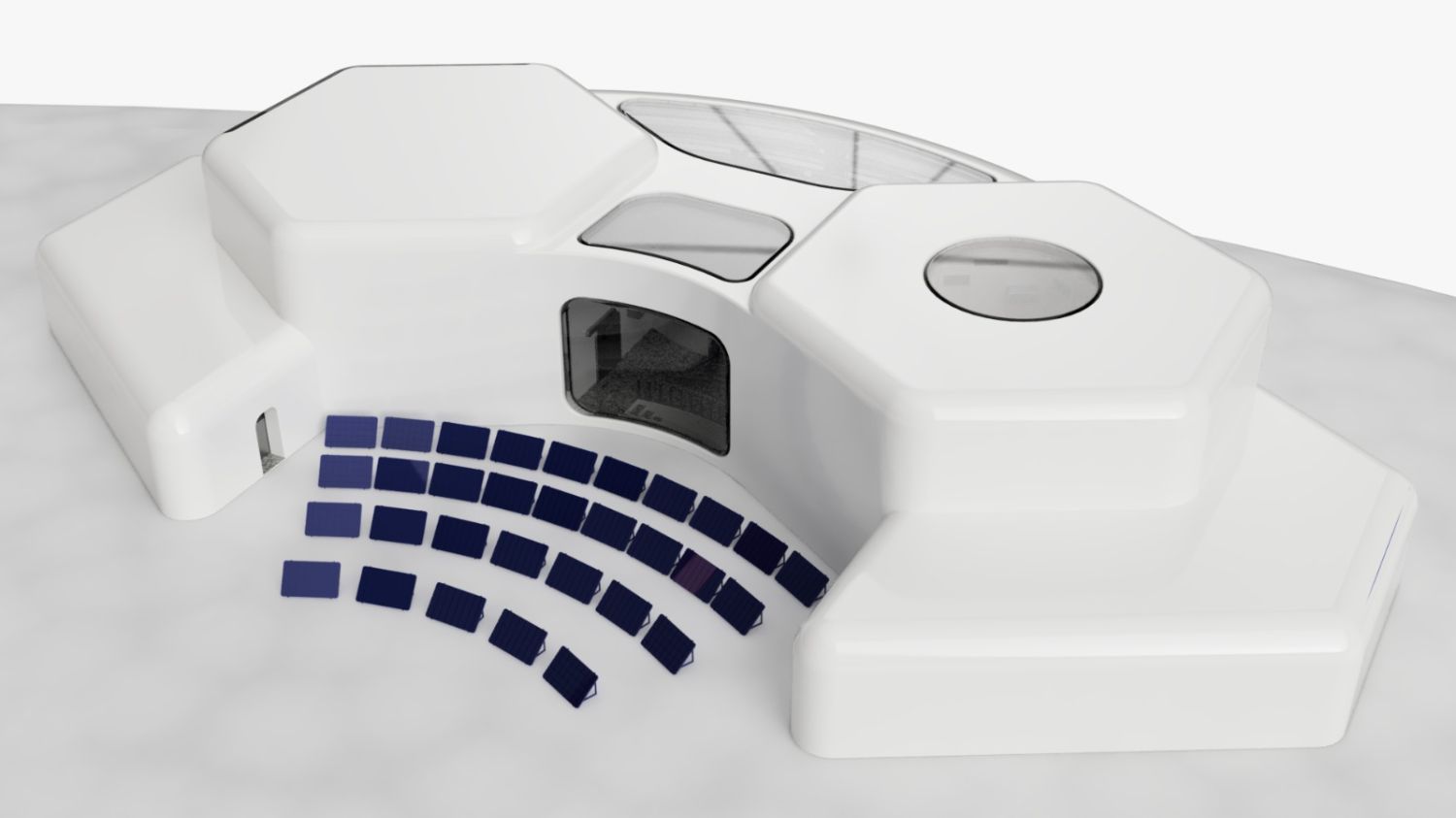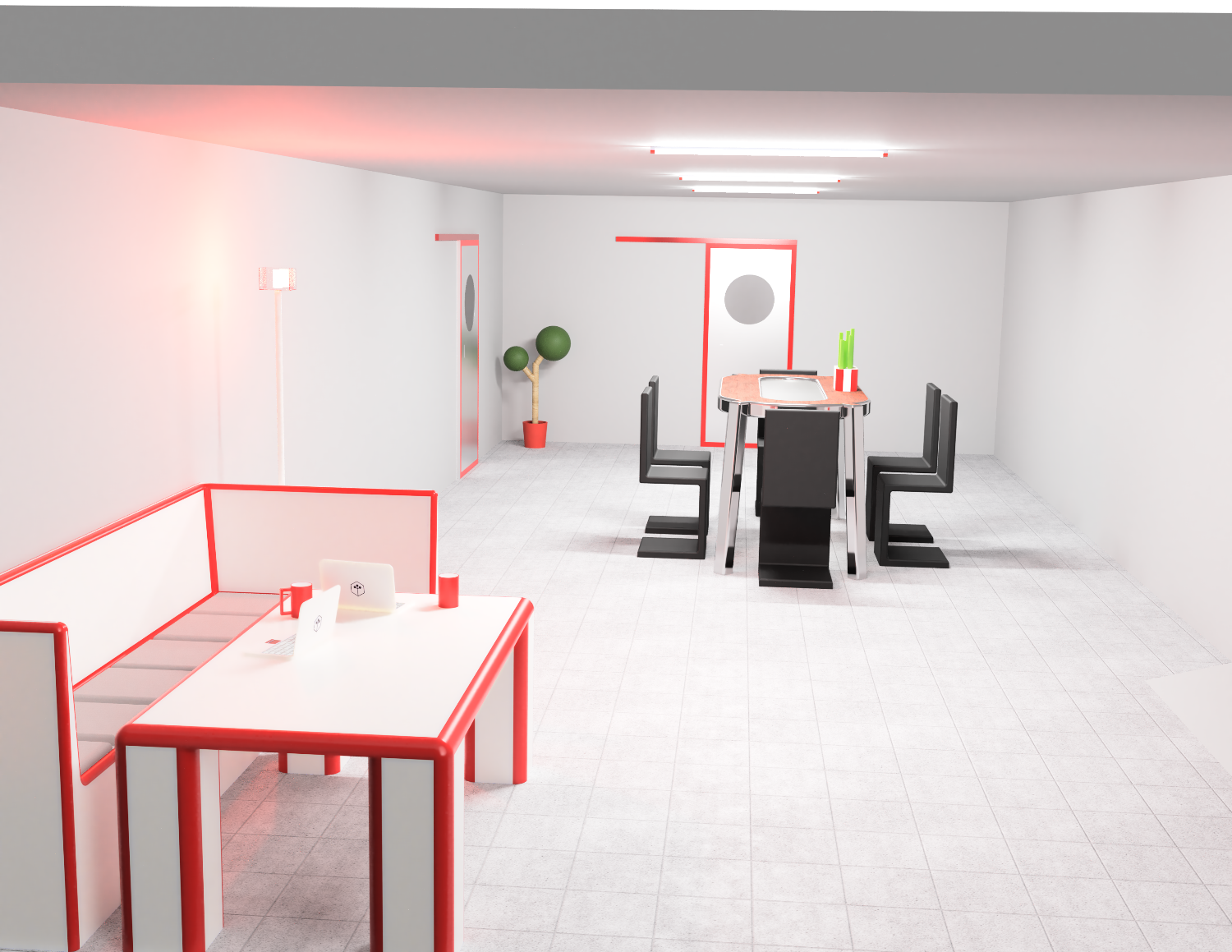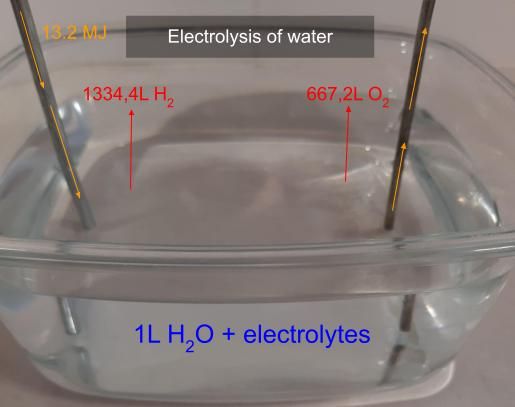Moon Camp Pioneers Gallery 2021-2022
In Moon Camp Pioneers each team’s mission is to 3D design a complete Moon Camp using Fusion 360. They also have to explain how they will use local resources, protect astronauts from the dangerous of space and describe the living and working facilities.
Team: the guardians of repository
Zhengzhou University of light industry He nan China 19 5 / 3
External viewer for 3d project
|
Project description
To carry out relevant lunar exploration scientific research experiments on the moon, such as studying the unknown minerals mined on the moon, mining on the moon and studying the properties of the unknown minerals, and looking for new fuel resources, etc. At the same time, the moon will definitely become a step board for other distant planets in the future. Lunar research stations are therefore necessary for human life in space and early exploration of distant planets. For people on Earth, the science station’s research projects may make new discoveries beyond earth and play a role in popular science research. |
|||
|
2.1 Where do you want to build your Moon Camp?
According to the different requirements and characteristics of lunar exploration, the site selection of base will have strict requirements. As for the location of the lunar base, we will select the polar regions of the moon by looking at the data. The reasons are as follows:
2.2 How do you plan to build your Moon Camp? Describe the techniques, materials and your design choices.
Because doing the civil real estate development is different from the earth, the moon is the most important of human was hard to find, construction prophase invest a lot of robot also not reality, with independent, single, appropriate to the size of the spherical surface buildings can achieve sustained, according to the need to expand, will reduce the energy loss and the most extensive construction chooses the moon the moon building materials – huge rock, The lunar soil is as hard as the earth’s rock. It can also be used as a building material. The thin skin of the metal plates that are smelted can be used as a sealing material to be attached to or in the middle of these stones.
Some special materials: Solar panels: Silicon is the main material for manufacturing solar arrays. The abundant silicon on the moon, coupled with the ultra-vacuum and low-gravity environment, can produce high-quality silicon photovoltaic cells. Outer space vehicles: To be as light and durable as possible, general Motors used wire woven tires. Others: initial materials selected metal, some buildings and building interiors and car steel frame, high-tech reconnaissance equipment, etc., are brought from earth. 2.3 The environment on the Moon is very dangerous for the astronauts. Explain how your Moon Camp will protect them. (maximum 150 words)
The building is protected by a glass envelope. The main materials are metal and special glass. The lunar soil is as hard as the earth’s stone. If we happen to encounter solar flare eruption and face a large number of high-energy gamma particles, it is responsible for the health of residents to use a layer of lunar soil with a thickness of more than 3 meters to absorb and protect them. |
|||
|
2.4 Explain how your Moon Camp will provide the astronauts with:
|
Water
|
Food
|
Power
|
Air
|
|
First, we produce water mainly by the reaction of oxygen and hydrogen. Earlier oxygen and hydrogen were transported from Earth. Later, hydrogen could have been formed by protons carried by the solar wind colliding with electrons carried by the moon through space. Oxygen could have been produced by recycling. Second, water can also be produced by collecting water ice from lunar craters. In addition, research suggests that the impact of a carbonaceous, volatile asteroid could also have provided water for the current moon. Going one step further, we could use existing technology on the International Space Station to recover drinking water from the astronauts’ showers, urine and sweat, and even from their breath. |
In the early stages, we will provide greenhouse suitable for plant growth by bringing our own soil from earth, using oxygen machines, temperature controllers and other equipment. Later, we will advance soilless culture research on the Moon by simulating the lunar environment by growing vegetables on earth where the soil is particularly harsh, and we expect to be able to grow plants using soilless culture. |
We convert solar energy into other energy for human use by installing solar panels in the camp. In addition, our understanding of the moon is far from enough. The mineral resources on the moon still need to be explored and collected constantly. We will use special reconnaissance vehicles to explore and collect other resources on the moon. |
Early on, we will carry oxygen from the Earth to the moon. At the same time, we capture carbon dioxide and use plant photosynthesis to provide part of the oxygen. Later, after the vigorous growth of plants, combined with the air circulation system, absorb carbon dioxide exhaled by the human body, making oxygen. |
|
2.5 Explain what would be the main purpose of your Moon Camp.
The lunar Scientific research Station is built to meet the needs of researchers to display their scientific research achievements on the moon. The two largest functional areas inside the lunar scientific research station building besides the living area of personnel are scientific research area and exhibition area. In the scientific field, while the moon is destined to serve as a stepping stone to other distant planets in the human region, lunar research stations are necessary for the initial exploration of human life and long-term planets. We can use the camp to carry out relevant exploration and research experiments on the moon, such as research on the exploitation of unknown minerals, animal and plant experiments, etc. The exhibition area is aimed at people living on Earth. The main content is scientific research projects of the lunar research station and some new discoveries made outside earth. The exhibition results are to raise awareness, gain people’s cognitive understanding and financial support, and at the same time play a role in popularizing science and stimulating people’s enthusiasm for scientific research. |
|||
|
3.1 Describe a day on the Moon for your Moon Camp astronaut crew.
Early in the morning, astronauts have to do personal cleaning, just like life on the ground, astronauts have to brush their teeth and wash their face. The domestic water is provided for the water recycling system of the camp. After the personal cleaning every morning, the astronauts will carry out routine medical check-ups, including measuring their blood pressure and temperature, taking weight measurements, and talking to medical staff on the ground.
Then, the astronauts began to eat breakfast. Breakfast was prepared by the astronauts on duty the night before. After breakfast, the shift, the previous night on duty astronauts began to sleep.
During this period, the astronauts will mainly carry out various space experiments, complete routine work, maintenance of the station, protection against the physiological effects of weightlessness, disinfection of the station, or transfer some supplies. Debug and maintain the water source and nutrient transport equipment of space farm, and adjust the automatic control system, such as the automatic control system of solar panels, electric energy recovery and storage system…
In the daytime work time, astronauts according to the ground schedule for fixed meals, lunch.
After 8 o ‘clock every night is astronaut movement time, free entertainment and personal finishing. Space plant cultivation, on-orbit typical maintenance operations and verification of man-machine cooperative operation technology. They can also communicate with heaven and earth through video and email. After a day of hard work, the astronauts are ready to sleep. |
|||


